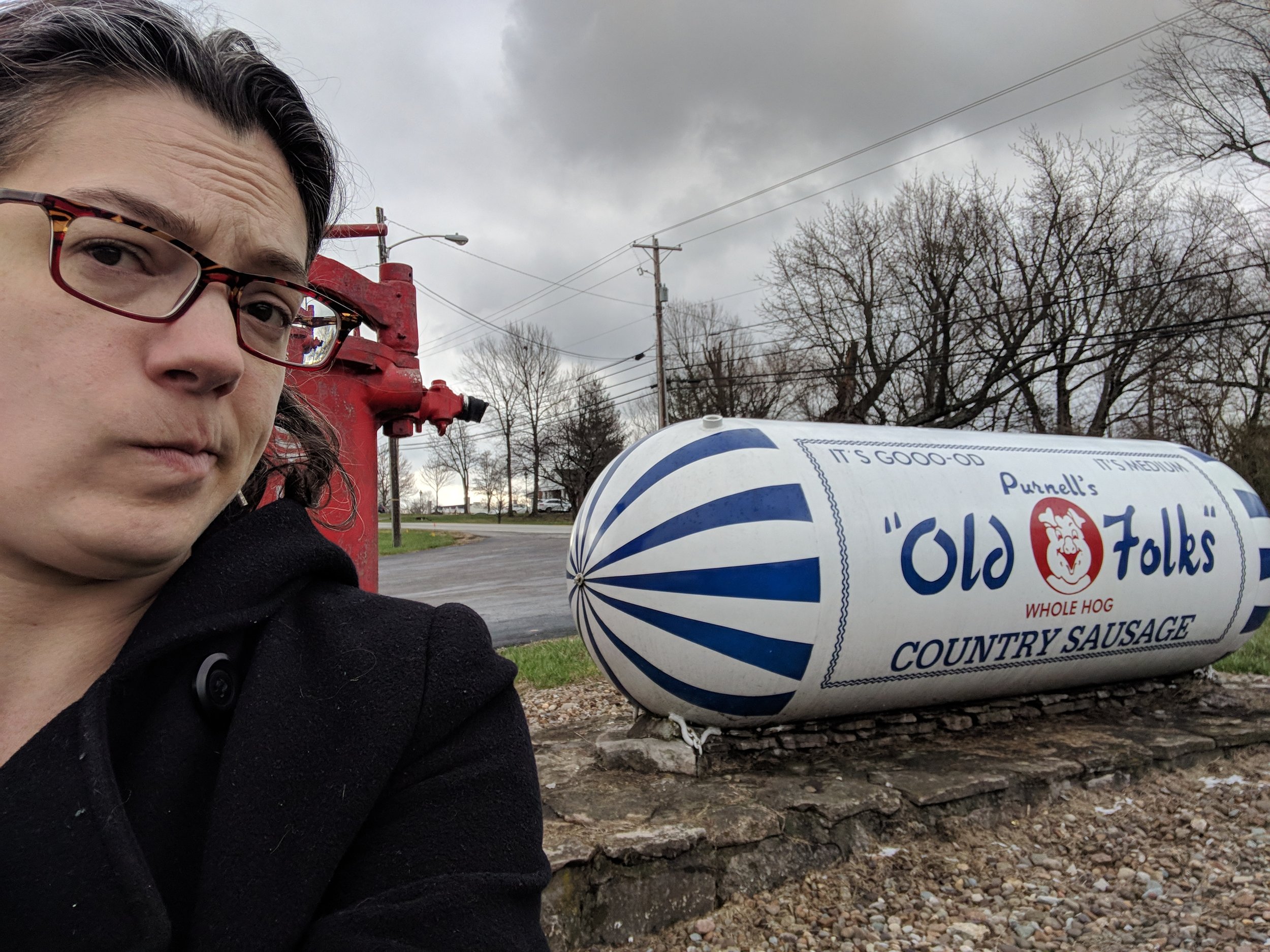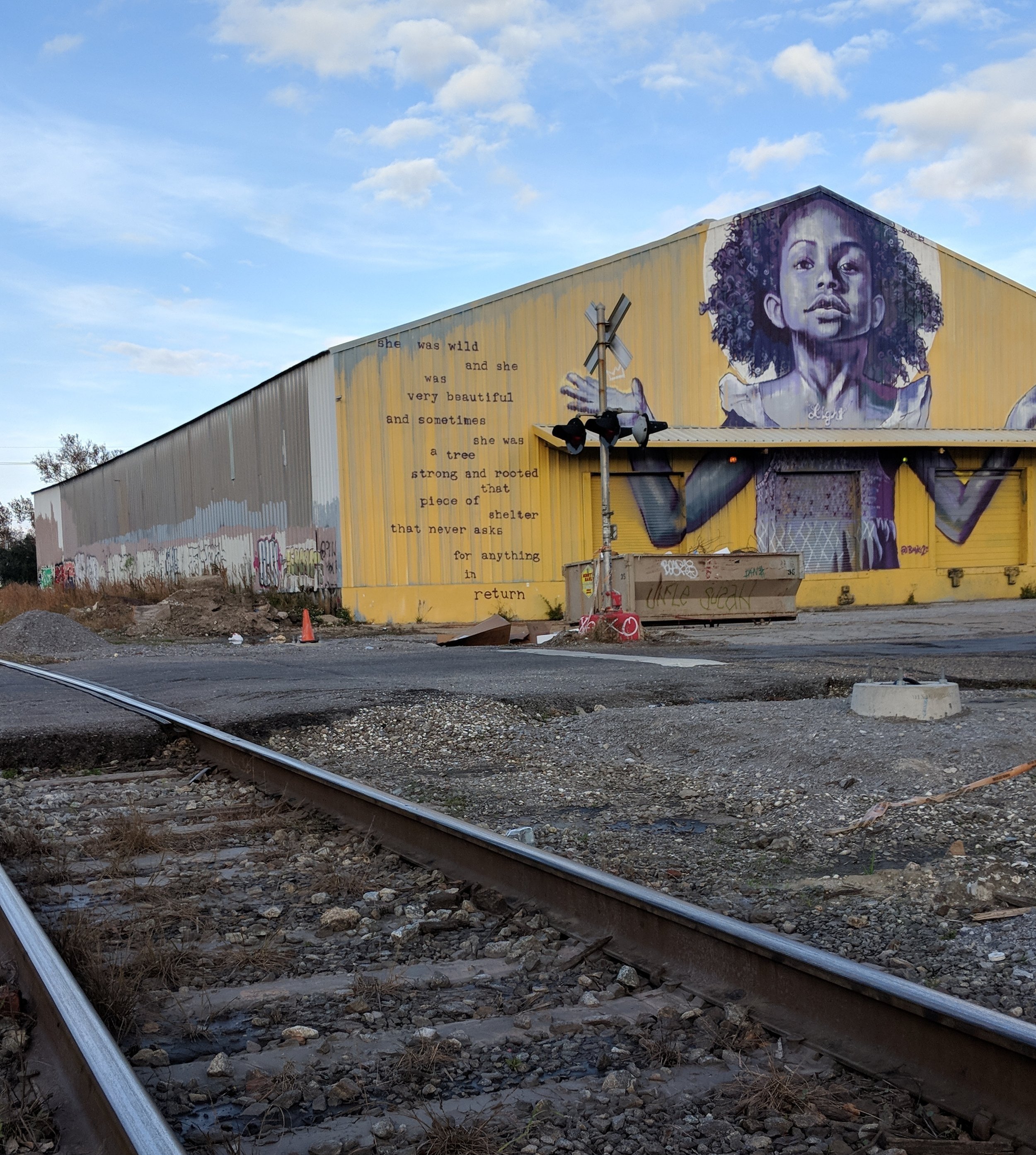5 ways for a complete beginner to uncover living history
Every day, we live history hidden in plain sight. It is in the cobblestones under our streets, markers standing in landscaped lawns, and neighborhood museums off the beaten path. Learn how to find hidden history on your next trip and in your hometown.
Connect to yourself by connecting to history
Each time I visit a new city, I look for the places that are easy to overlook. I never really know what I might find. It could be a plaque on a building or a photo on the wall of a historic restaurant, or a half-fallen wall of a historic site. I look because I want to know about the place. But it’s more than that. I look for a place’s hidden history because, by visiting the place, I’ve become part of its story. I love learning the building blocks that got us where we are because they teach me where we might go next. Here are 5 ways that a complete beginner can uncover living history.
5. Visit the museums that surprise you
Sure, you could go to the state historical museum or the university’s museum of natural history. And you should. But that’s not where you’ll find the hidden history. Hidden history lives on the side streets. For example:
In Lincoln, Nebraska, visit the National Museum of Roller Skating
In Two Harbors, Minnesota, check out the Sandpaper Museum
In Asheville, North Carolina, try the Pinball Museum
In Kansas City, the Arabia Steamboat Museum shows off a shipwreck
“I look for a place’s hidden history because, by visiting the place, I’ve become part of its story. ”
How do you find these gems? Pull up a Google map of your destination, search for “museum” and see what comes up. Or on Tripadvisor, search for Things to Do in your destination and skip toward the end of the list. The game is to find the museum that makes you think “I wonder what happens there,” and then go!
4. Search for nearby tribes
Much of American history is a story of indigenous erasure. We talk about “first” settlers, births, and deaths without acknowledging the lives lived long before those “firsts.” Even today, dusty corners of popular culture like sports-team names ignore that indigenous people outlived the cowboy-and-Indian mythology of the West.
Google words like Tribe, Nation, Rancheria, and Pueblo to see what tribal nations are near you. Then look for their websites. Many end in .org or .nsn (native sovereign network) and include short histories of the tribe and sites that you can visit to learn more. You can check this list to see what federally recognized tribes (that is, tribes with a government-to-government relationship with the United States) are in your state.
3. Get out of the city
Capital cities and college towns have state museums. But sometimes history happens off the beaten path. For example, Hurricane Katrina made landfall in 2005 near Waveland, Mississippi. The town, nearly destroyed by 1969 Hurricane Camille, was hit by Katrina’s eyewall and a 26-foot storm surge. The nearby Biloxi Maritime Museum has an exhibit that puts visitors in the place of forecasters anticipating Katrina’s sea path. But Waveland’s Ground Zero Hurricane Museum houses the much more intimate Katrina Recovery Quilt Collection—a selection of quilts made from the recovered scraps of clothing scattered across the city during the storm surge.
Other times, the beaten path changes. The Snake River Fur Post sits on what was a superhighway when rivers were the most efficient way to commute. Over time, population shifted to the Twin Cities, an hour south of the post. But the fur post remains. Tour guides in period dress lead visitors in the summer, and a Winter Frolic and Queen Charlotte’s Ball entertain in the winter.
And sometimes, there’s a site that is in the city (I know, I know), but it’s not the top-billed attraction. Take the Backstreet Cultural Museum in New Orleans. It’s tucked in a house on a residential side street between Tremé and the French Quarter, and it’s AMAZING. The gorgeous “Mardi Gras Indian” beadwork is worth a trip by itself. But this nugget of a museum is also packed with Baby Doll, Skull & Bones gangs, and Jazz processional costumes, artifacts, and memorabilia—traditions I’d hardly known about before I turned the one block off of Rampart Street.
2. Google historic markers and stop at roadside attractions
When you’re on the road headed out of the city, keep an eye out for brown road signs (a standard color for nearby recreational and cultural-interest sites) and metal or stone historical markers. They’re the sort of thing you’ll drive right by if you’re focused on your destination. But when you start looking for them, you’ll see them—and the chance to stop and stretch your legs and your brain—all over.
If you’re more of a planner, you can explore the Historical Marker Database and Roadside America before you travel. Or, search for markers and roadside attractions on a Google Map of the area. That’s how I found the World’s Largest Roll of Sausage in Kentucky and found history-connection goosebumps in New Orleans.
As a first-year law student, I dug into the Plessy v. Ferguson Supreme Court case that allowed trains and others to segregate white bodies from black bodies and the Brown v. Board of Education case that reversed Plessy, alling separate but equal inherently unequal. And I’d seen the post-Brown photos of a young Ruby Bridges entering a grade school as white parents spit at her and federal marshals stood guard at the schoolhouse door. But I hadn’t realized that the steps she climbed at William Frantz Elementary are a quick 6-minute drive from where Mr. Homer Plessy entered the “white” car of a train to test the legality of segregation.
Today, stunning public art in view of those railroad tracks commemorates Ms. Bridge’s journey. I found both sites with a quick Maps search while I was visiting the city. Whether you’re on vacation or a work trip, check out what’s nearby!
Buy the book
If you’re like me, you never have quite as much time as you’d like at a historic site. That’s what the gift shop is for. Museum staff have curated these book selections, and sometimes have access to titles that are out of publication.
For example, the interpretive center at the Lower Sioux Agency near Morton, MN stocked books like Mni Sota Makoce and The Dakota Prisoner of War Letters: Dakota Kaskapi Okicize Wowapi. I picked up Disposable People: New Slavery in the Global Economy at the National Underground Railroad Freedom Center, and Signs & Symbols: African Images in African American Quilts at the National Museum of African American History & Culture. Each of these books offered additional information and perspective beyond the museum walls. And they gave me the chance to curl up on the couch and keep learning while I waited for my next adventure.
History hides in plain sight. It is tucked into the landscape around the country and around the corner. Taking just a bit of time to look for a historical marker here or a museum there can unlock stories and experiences we’d never otherwise know about. The next time you’re on a road trip hit up one of these sites or poke around Google Maps to see what hidden history you can uncover. Where have you found hidden history?
Hi, I’m Jessica. I help individuals and organizations look behind their homes, schools, businesses, and congregations to understand the circumstances that formed the history of the land they stand on. Learn how I can help you uncover your own land story here.










Many people are examining their own relationships to stolen land and stolen labor, and are interested in building new patterns in the world. They have already begun their own reparative paths. Let these examples be your inspiration for what comes next.